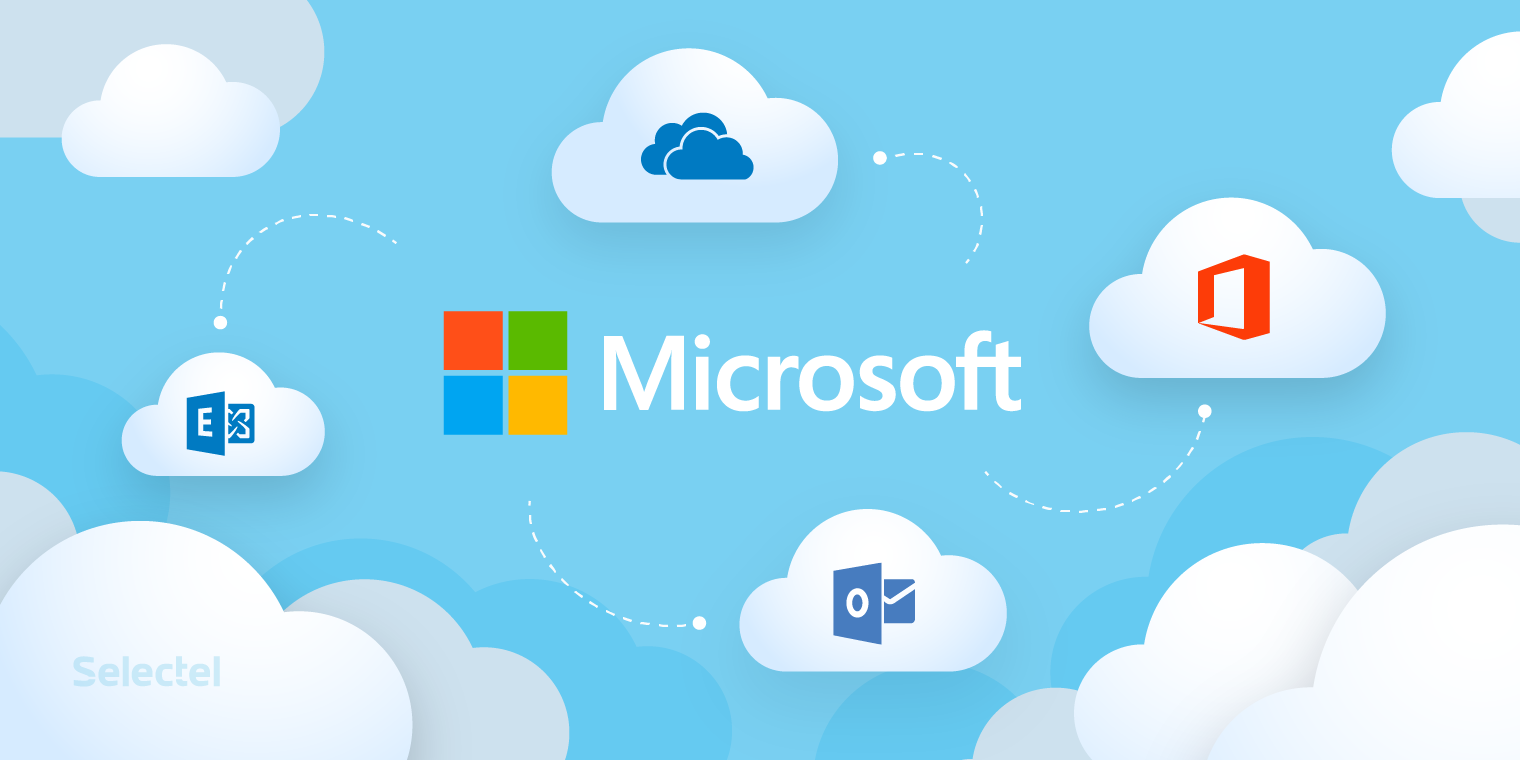
 Before cloud computing became commonplace, software had to be individually installed on workstations, and each workstation would need to go through a manual update whenever fixes and improvements were available. Even immediately after the rise cloud computing, companies making use of cloud infrastructure still needed to devote large budgets to creating web servers and database servers to host applications. Today, both of these methods are more expensive and cumbersome than simply hosting an application in the cloud.
Before cloud computing became commonplace, software had to be individually installed on workstations, and each workstation would need to go through a manual update whenever fixes and improvements were available. Even immediately after the rise cloud computing, companies making use of cloud infrastructure still needed to devote large budgets to creating web servers and database servers to host applications. Today, both of these methods are more expensive and cumbersome than simply hosting an application in the cloud.
Large companies such as Amazon and Microsoft have created huge cloud computing platforms which address the challenges that companies would otherwise face when setting up their own servers or server farms. This makes access to the cloud more prevalent, reliable, and accessible than ever.
Hosting applications in the cloud means a business is relieved of the burden of finding and maintaining the physical space that servers take up. It also means the maintenance of hardware and cost to employ hardware support teams is reduced or eliminated completely. Storing information on a remote server decreases the need to continually buy memory or hard drive space for employee use.
Just as Facebook and LinkedIn are cloud applications, your business software can be transitioned to the cloud to provide the same level of adaptability for your business processes.
As more and more businesses shift to Bring Your Own Device (BYOD) and distributed workforces, providing company applications that are cloud-based is more essential than ever. Bringing new team members onto the application, and immediately blocking access when needed, is seamless with a cloud application. Any device with a connection to the internet is normally all that’s needed to get team members connected to the data and systems they need, rather than a lengthy process of installing software and troubleshooting issues on a machine-by-machine basis.
Employees today are requiring more flexibility in hours and location, so software that lives in a cloud application is the most logical way to address the changing workforce. This is by far the most scalable option as employee needs increase or even decrease. Adding users, features, or storage capacity is very easy and readily available in the cloud. And, you will never be left with excessive hardware and physical storage space if you shift focus or downsize a department.
MyGrid is able to take all of your existing in-house applications to the cloud, in order to increase efficiency and productivity of your teams and their relationships with customers and other business partners. By moving to the cloud, all of these systems - from your accounting, CRM, EMR, and other applications - can better work together. Your applications are hosted and supported in the cloud, and is actually more secure than it would be at your physical location.









